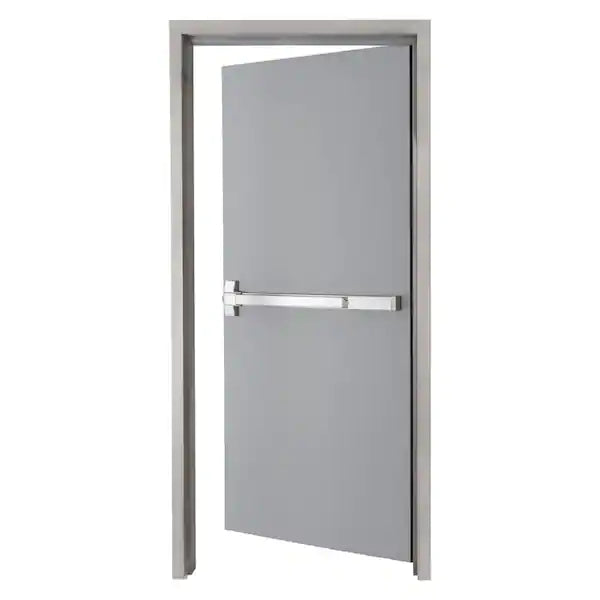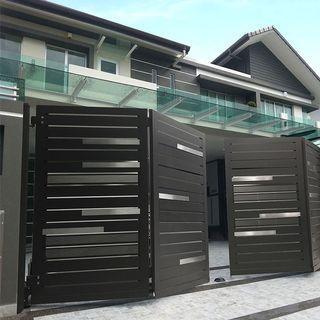Project On A Budget: DIY-ing Your Own Sliding Door

Sliding doors are an effective way to save space in your home. Not to mention they also look elegant and they never get in the way and take up far less space than the usual swing doors. They’re functional and discreet, which are two things that you may need at home.
You can use sliding doors as dividers for storage or a work area. You can use them for cabinets in small rooms too, which is more practical. You can even try and make one on your own, especially if you don’t want to spend over your budget.
You can do so by gathering materials of your own or you can buy a whole set from a hardware store. Either way, you can try your hand at installing or making your own sliding door. To assist you in this project, here are steps on DIY-ing your own sliding door.
Take the measurements
Measure the space where you intend to put a sliding door. Take the height and the width and note them down on a sketch that you can use for planning your project better. After taking the important values of measurements that you’ll be needing, you can decide on other details such as whether to overlap on one side of the space.
Calculate the door’s required elements
To calculate the required elements for your project, select the sliding door fitting, and determine the weight of the material of the sliding door you prefer for the size of the space. If it matches the door elements, it’s advised to have at least 90 to 100cm for passages per element so that a wheelchair can fit through your sliding door. This is to ensure that your door is accessible to disabled people.
Both elements must each be below the permitted weight for the fitting, even if they overlap by about 5cm on each side. On the other hand, you can determine the height by following the instructions on the fitting set because it must be adjusted in consideration of the rollers, rail thickness, and floor covering. For your door’s track and roller material, you can check our available rollers to see the choices for yourself. We have aluminum and nylon which makes minimal to no noise at all when closing and opening.
Selection and cutting of material for door panel
Pick the proper material for your sliding door. You can pick several options depending on what you have in hand or the options that the hardware store has. Cut them to size according to what is required by the fitting and space.
Prepare the door elements
In accordance with the instructions for the fittings, you first have to saw out the required cut-outs for the rollers and door handle. You may also need to mill a groove into the lower edge, depending on the system and the door’s lower rail.
Sand the panels according to the material and smooth the edges with sandpaper and use a primer for subsequent varnishing, painting, or wallpapering.
Finishing touches
Attach the fittings to your sliding door according to the set instructions. You can attach self-adhesive sealing brushes to the overlapping sides to seal small gaps that can appear. Then, attach the rails to the ceiling and the floor. Make sure to measure the exact length of the ceiling rail and to mark the surface of the bottom rail so you can attach the door properly.
Then finally, hook the door elements of your sliding door in place. If necessary, align it with the side by adjusting the screws of the fittings.
This project should only take you half a day or even less with help and no unexpected interruptions. If you have other projects in mind for your home, you can always shop here for the best materials at a reasonable price.


